Lily Pulls the Trigger
Tuesday, December 22nd, 2015This is Passport to Texas
When you grow up in a hunting family, you learn to appreciate the tradition.
It was so different from what I grew up with and from anything I knew, that I wanted to know more about it.
Lily Raff McCaulou moved from NYC to Bend Oregon to write for a small newspaper, her readers included anglers and hunters. To connect with them and her food, Lily learned to hunt.
You know, the locavore movement was starting to take hold, and I’d been a meat eater my whole life, and was wondering: do I really have what it takes to hunt and kill my own meat. And wanting to know what I could get from that experience — and that closeness to my food. So, it was a combination of all these different factors that made me decide this is something that I want to try.
After hunter education and learning to shoot, she attended a Becoming an Outdoors Woman Workshop, which included a pheasant hunt. She thought she might not have the nerve to pull the trigger.
All the other women in my group had shot a bird, and I just started feeling like, ‘Hey, I’ve come all this way and it’s been a year in the making, and I want to take a shot, too.’ Eventually, all the stars aligned and the dog that I was with sniffed out a bird and held it on point [and when it flushed] , and I got it; I took the shot and the bird fell immediately. Rather than feeling all the guilt and remorse, I felt empowered.
Lily Raff McCaulou wrote a book about her experience entitled: Call of the Mild.
The Wildlife Restoration program supports our series.
For Texas Parks and Wildlife…I’m Cecilia Nasti.
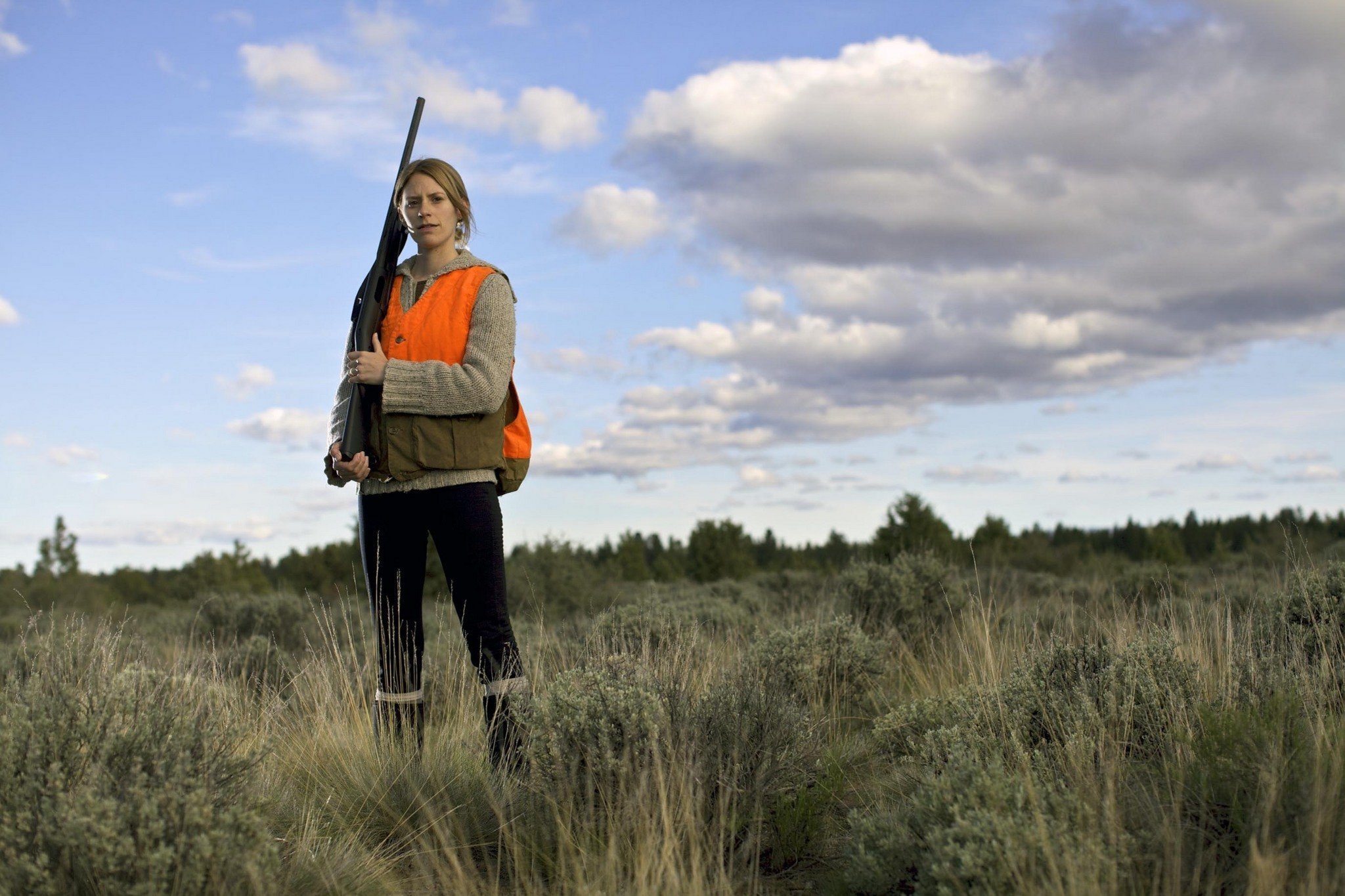

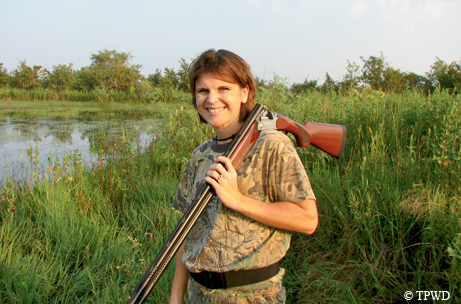
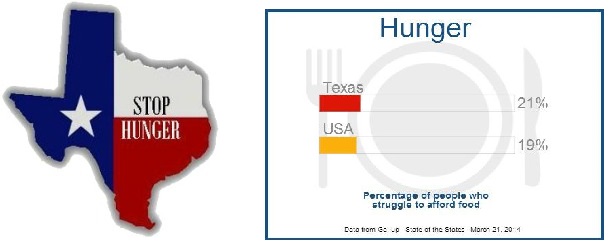
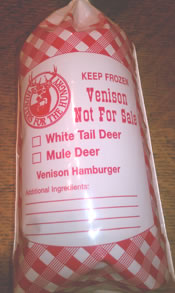
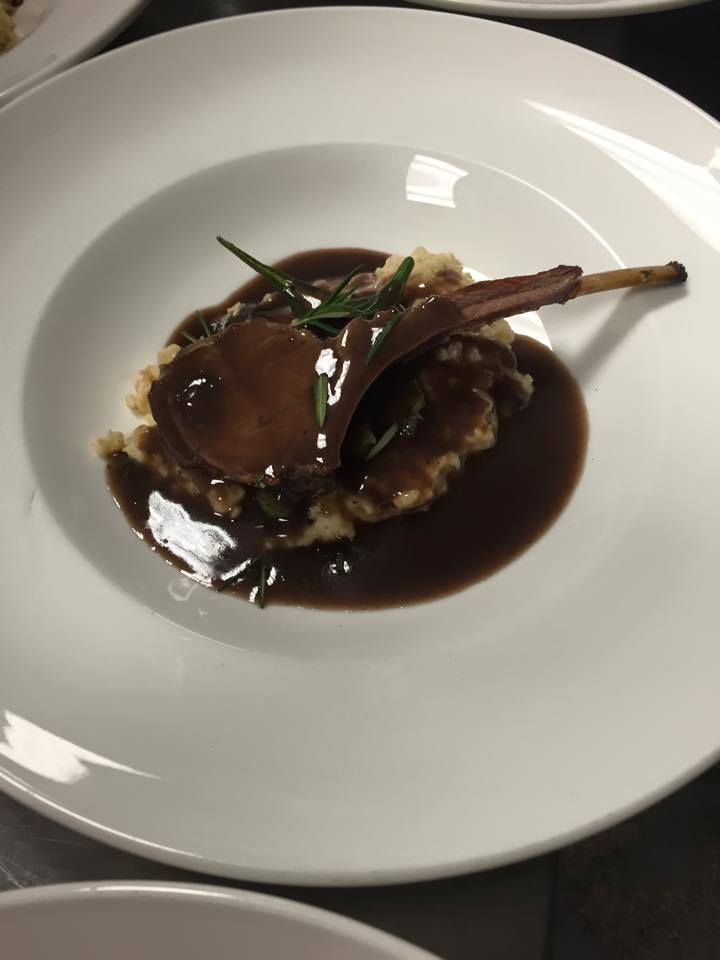
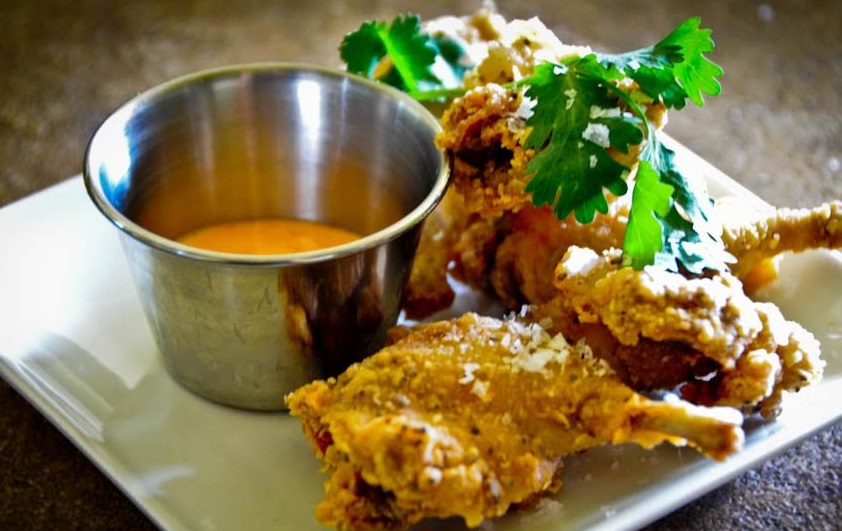

 Passport to Texas is a
Passport to Texas is a  Passport to Texas is made available by:
Passport to Texas is made available by: